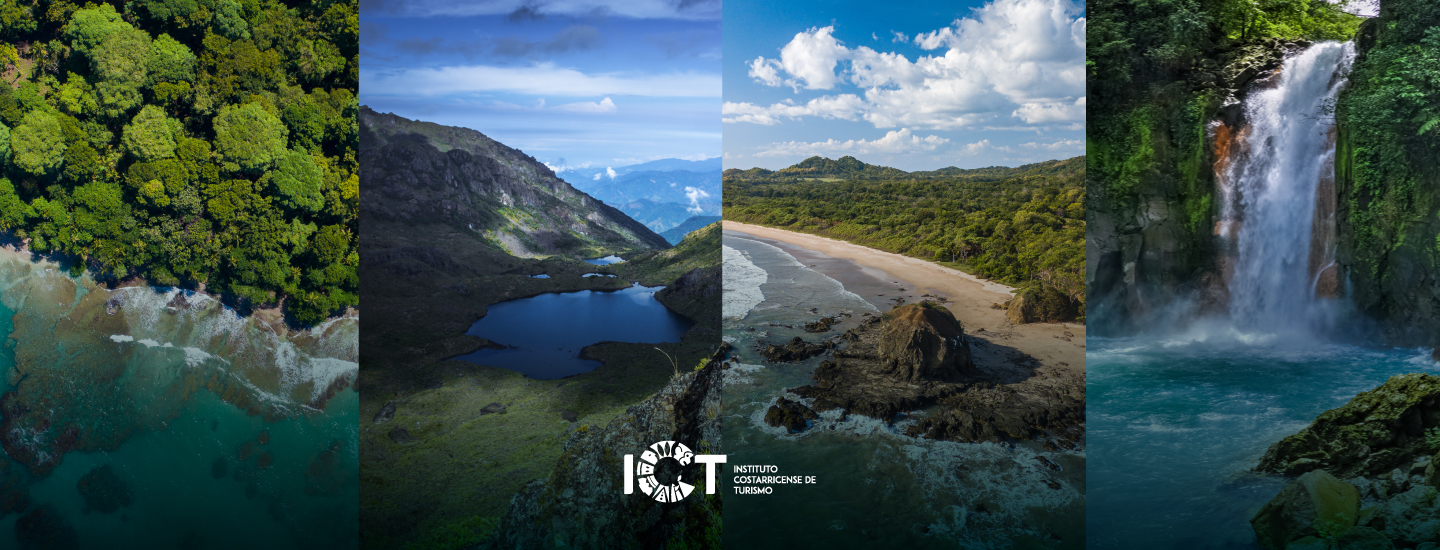Costa Rica Convention Center receives LEED Gold sustainability certification thanks to ICT leadership
- The award was granted by the U.S. Green Building Council.
- The Gold Level is the second-highest rank of the well-known LEED Certification.
Through each of its phases, from design to construction and operation, the Costa Rica Convention Center has maintained a vision of being one of Latin America’s most sustainable event venues. Thanks to the organized and systematic efforts led by the Management and Support Division of the Costa Rican Tourism Board, this building has received the international LEED certification. LEED stands for Leadership in Energy and Environmental Design.
This modern property, which has been called our country’s “visible face of meeting and congress tourism” received the LEED Gold certification in August, coinciding with the celebrations of its first year in operation, with over 200 local and international events with a focus on sustainability.
“This certification is a process that has come together over several years. It was always meant to reflect the cross-cutting principle of sustainability in the Costa Rican tourism model. The property was designed with a vision that it would become an icon of sustainability in terms of electricity consumption, rainwater harvesting, treatment plants and much more. The LEED Gold certification shows that we are on the right track and have a building that is environmentally friendly”, said Gustavo Alvarado, Director of Tourism Management at ICT.
The award was granted by the U.S. Green Building Council, which uses the LEED system to certify the main convention centers in the United States and other locations around the world.
The certification assesses various points, including:
- Sustainable Site: seeks to minimize the building’s impact on the soil and water, which is why building in non-urban areas is not recommended.
- Water Efficiency: optimizes water consumption inside and outside the building.
- Energy & Atmosphere: energy-efficient design and buildings, efficient thermal and lighting installations, monitoring and use of renewable energy, among other criteria.
- Material & Resources: incentivizes the use of sustainable materials in manufacturing, transportation and use, as well as reducing waste and recycling.
- Indoor Environmental Quality: assesses the improvement in indoor air quality, the use of natural light, noise reduction and the quality of outdoor views.
- Location & Community Relations: assesses the deployment of the building into already inhabited areas, far from environmentally sensitive areas, close to existing infrastructure and green areas.
- Design innovation.
CCCR awarded gold category
Each category accounts for prerequisites and credits, the total of which adds up to 110 points. The minimum level is 40 points, while the next level, silver, begins at 50 points. The gold level is reached at 60 points and 80 or more points result in the platinum level. The Convention Center achieved the gold level, which is valid for its lifetime.
“In our vision, we wanted to set the standard in Latin America in three specific areas: quality of service, operational efficiency and sustainability, which is why this LEED certification – especially at the gold level – reinforces our work at Grupo Heroica and the ICT to put it on the map as an example to follow in these areas, which has become a distinguishing feature in the eyes of our clients”, said Álvaro Rojas, General Manager of the Costa Rica Convention Center.
Some of the features that contributed to the awarding of the LEED Gold accreditation to the Costa Rica Convention Center were the following:
- Accessibility of the project by alternative transportation.
- Infrastructure to support the use of bicycles at the project site.
- Preferential parking spaces for efficient and low-emission vehicles.
- Water savings of 43% through the use of efficient fixtures (toilets, washbasins, urinals).
- Reduction of 50% in the use of drinking water for irrigation through re-use of treatment plant water.
- Lighting and high-efficiency air conditioning systems.
- Domes that increase the amount of natural light the facility receives.
- Preference for local materials to reduce the project’s carbon footprint.
- Design of re-circulation systems for outdoor air, which minimizes the concentration of CO2 for the comfort and health of occupants.
Installation of photovoltaic panels (in process)

